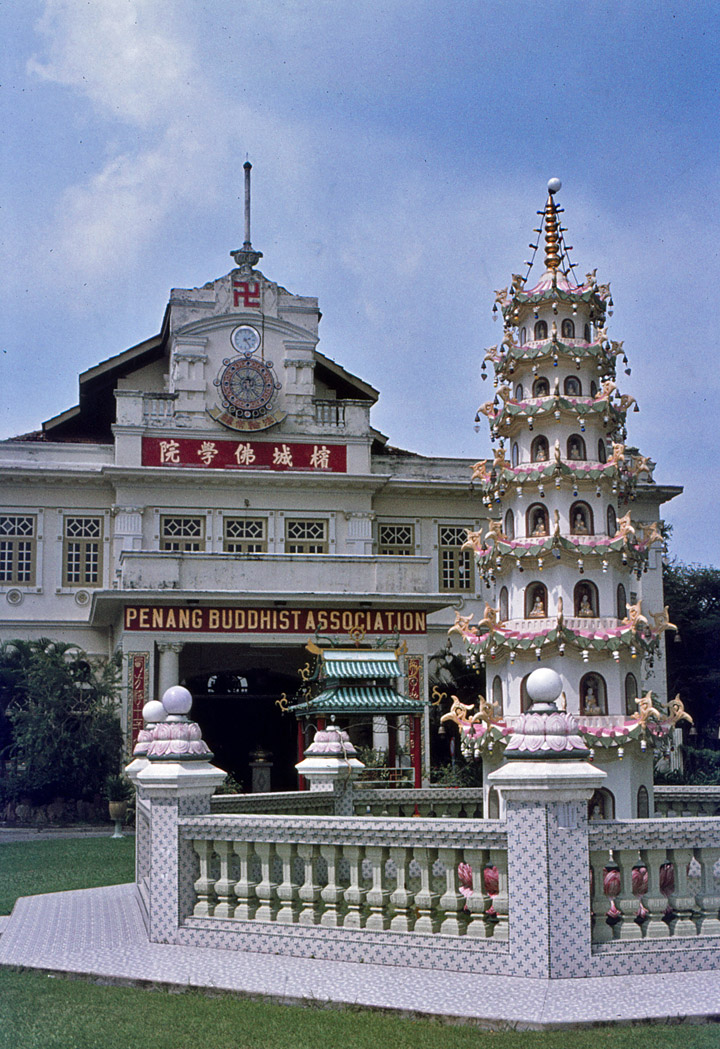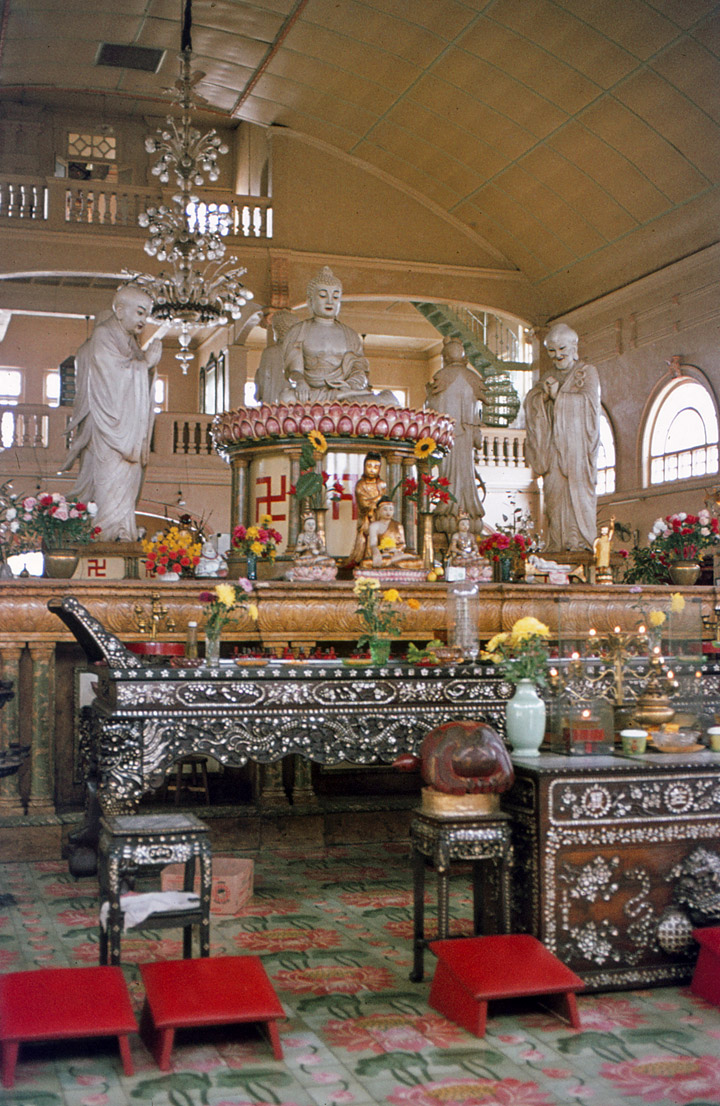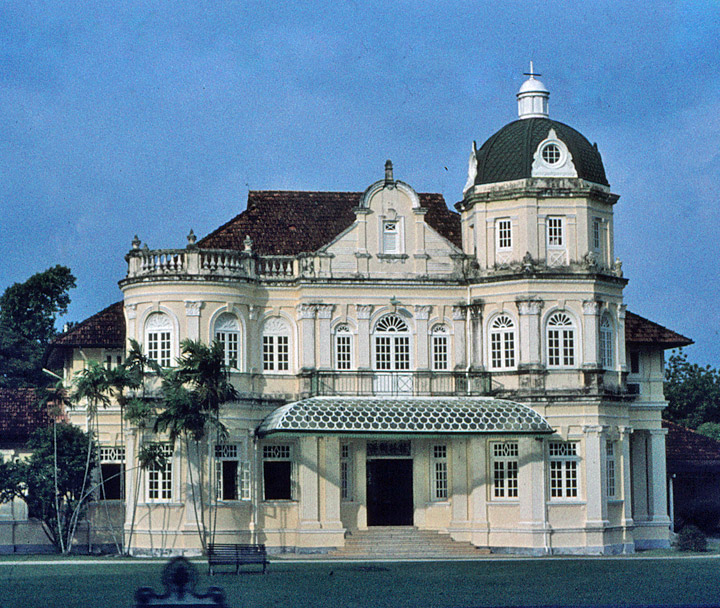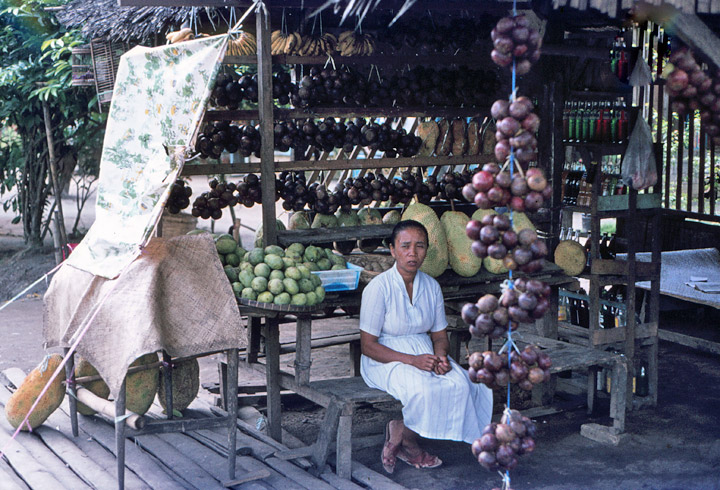

Padang
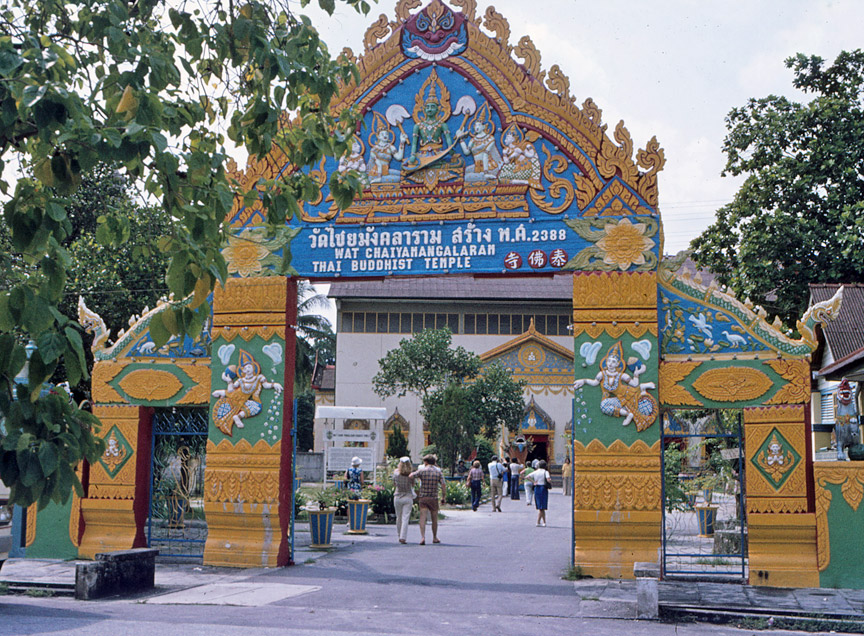
Padang
Padang (means field) is the capital and largest city of West Sumatra, Indonesia. It is located on the western coast of Sumatra at 0°57′0″S 100°21′11″E / -0.95, 100.35306. It has an area of 694.96 square kilometres (268.3 sq mi) and a population of over 750,000 people.
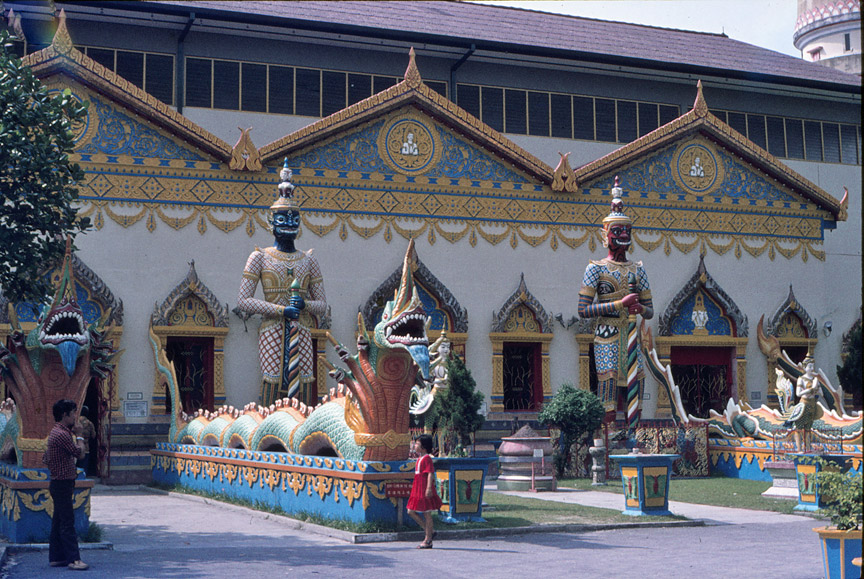
Buddhist Temple
Since the 16th century Padang has been a trade centre. During the 16th and 17th centuries pepper was cultivated and traded with India, Portugal, the United Kingdom and the Netherlands. In 1663 the city came under the authority of the Dutch. The Dutch built a trading post here in 1680. The city came under British authority twice, the first time from 1781 to 1784 during the Fourth Anglo-Dutch War, and again from 1795 to 1819 during the Napoleonic Wars. Afterwards the city was transferred back to the Netherlands. Up to approximately 1780 the most important trade product was gold, originating from the gold mines in the region. When the mines where exhausted, the emphasis turned to other products such as coffee, salts and textiles.
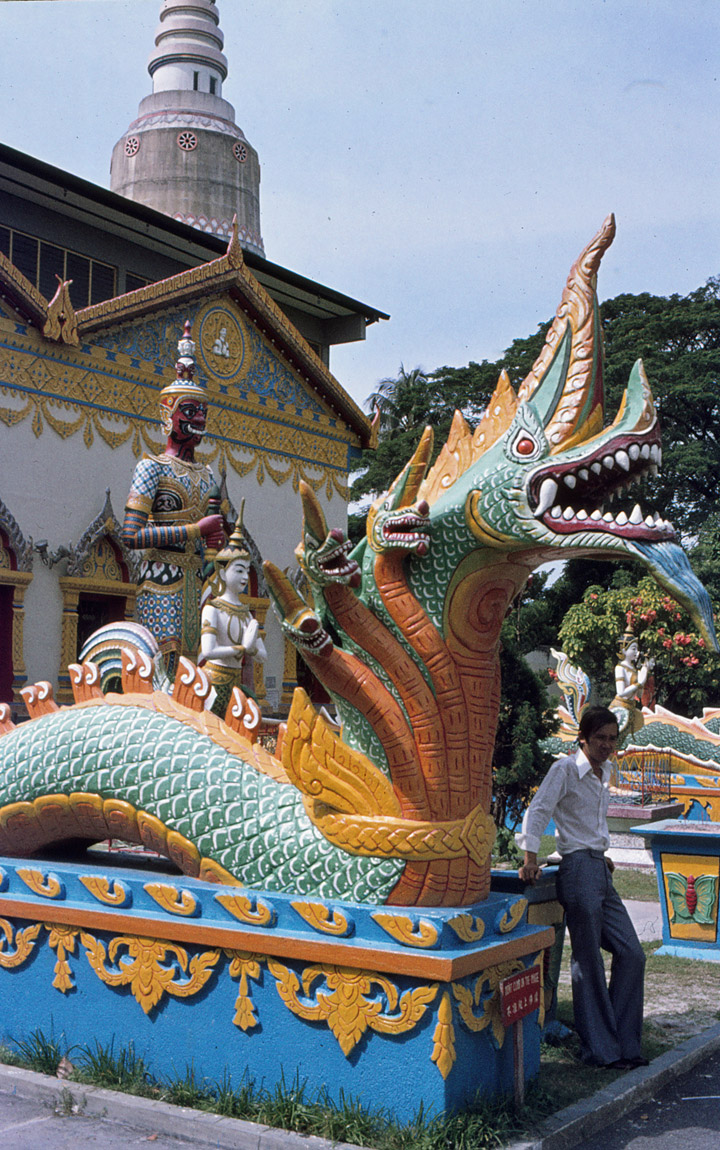
In 1797 Padang was inundated by a tsunami with an estimated flow depth of 5–10
meters, following an earthquake, estimated to be 8.5–8.7 Mw, which occurred off
the coast. The shaking caused considerable damage and the deaths of two people,
while the tsunami resulted in several houses being washed away and several
deaths at the village of Air Manis. The boats moored in the Arau river ended up
on dry land, including a 200 ton sailing ship which was deposited about 1
kilometer upstream. In 1833 another tsunami inundated Padang with an estimated
flow depth of 3–4 meters as a result of an earthquake, estimated to be 8.6–8.9
Mw, which occurred off Bengkulu. The shaking caused considerable damage in
Padang, and due to the tsunami the boats moored in the Arau river broke their
anchors and were scattered.
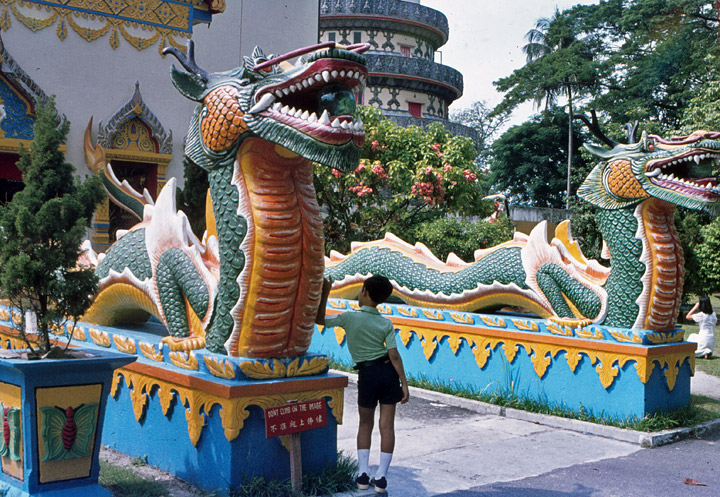
At the time of independence the city had 50,000 or so inhabitants. Coffee was
still important, but copra was also a major item produced by farmers in its
hinterland. The population growth since then has been partly a result of growth
in the area of the city, but largely is a result of the migration to major
cities seen in so many developing nations. In 1950 there had also been a
development of the Ombilin coal field with Padang as its outlet. This is an
indication of the colonization of Indonesia having been economic as well as
political.
Text from Wikipedia

